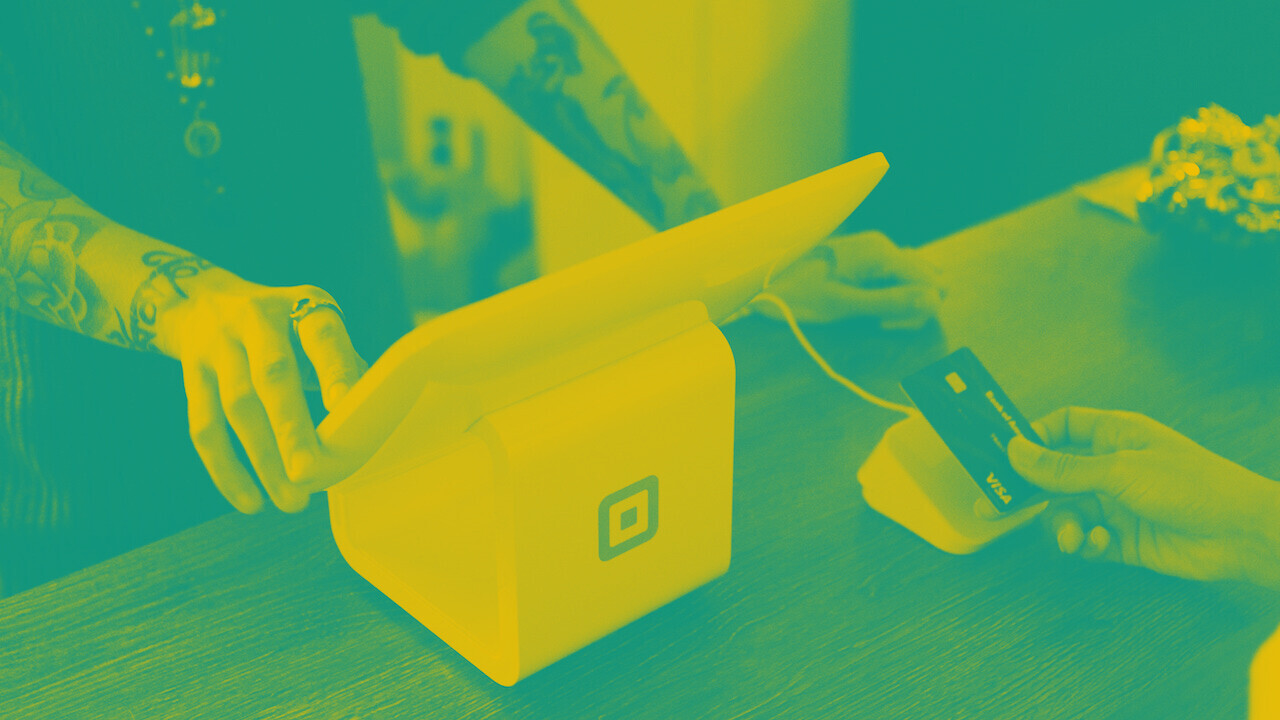
In recent years, big tech companies have been pivoting into different industries. By applying their knowledge of emerging tech, they’ve been able to disrupt and overtake established players in the market. And with the emergence of open banking, they’ve now turned their sights on the finance industry.
Google Pay will soon let Citibank customers (and nine other banks) manage accounts directly from the app. Apple launched the Apple Card, its own credit card issued by Goldman Sachs. Amazon now offers up to $1M in loans to small businesses. Meanwhile, Facebook plans to launch its own digital currency Diem (formerly Libra) in the US.
Big banks need to innovate rapidly to compete with these emerging players who can offer new digital services to customers. However, while tech giants definitely have some key advantages over traditional banks — more development power, better equipped for innovation, and massive user bases — banks do hold an important card: customer trust.
Who do consumers trust most?
With life as we previously knew it being disrupted during the pandemic, many organizations have had to rethink their processes and operations to survive and emerge stronger in the new digital era. Values in society and business have shifted, and one of the most prominent attributes talked about today is the importance of trust. Consumers are more risk averse, with a heightened sense of which organizations they can trust and rely on.
In recent years, big tech, and particularly Google, Facebook, and Amazon, have faced criticism and a slew of investigations over the harvesting of users’ personal data. From the Cambridge Analytica scandal to Siri and Alexa’s very unwelcome eavesdropping, more and more consumers are thinking twice about giving up their personal data in exchange for the companies’ services.
Another issue is security. Big tech’s track record with data breaches, both external and internal, have been called into question. Most recently, the data of 533 million Facebook users was posted in a low level hacking forum, meanwhile a number of Amazon employees were fired after leaking customer emails and phone numbers.
According to a report by Ponemon on privacy and security, 86% of adults said they were concerned about how companies like Facebook and Google use their personal data. At the end of the day, while these companies may offer different services to consumers from search engines to online marketplaces, their real revenue comes from advertising, which means data is gold.
The question is, with big tech’s move towards banking, will consumers be willing to trust them with their financial data?
All this means that banks could compete with big tech if they maximize on that trust gap. But tech innovation remains a significant hurdle.
Modern challenges for traditional banks
Differing from big tech, banks – based on centuries of experience – have been built for privacy and security. Berno Snijder, former Identity & Access Management lead at ABN AMRO explained, from multi-factor authentication and audit trails to secure processes, “banks have multiple layers of defence before you can access the data.”
He continued, “regardless of what’s happening around us, people still trust banks today. It’s a safe haven. When you ask people who they trust more with their data, they would still choose the bank as being the safest.”
But this heritage is also their disadvantage in the race against big tech players.
Banks have been hesitant to adopt certain technologies, as the question around trust and privacy is brought to the forefront. If a bank decides to use a cloud solution, for example, to enable a more efficient and seamless product offering to their customers, they need to consider their responsibility and accountability for the data added to that platform.
Snijder admits that banks have been reluctant to adopt certain external solutions:
It’s the not-invented-here syndrome. Banks traditionally only trust the solutions that they build, manage and control themselves. This has two disadvantages. Firstly, they’re very expensive, and secondly, they’re not always customer friendly.
The biggest challenges facing banks today are slow growth, profitability, and digital adoption along with strict regulations. Outdated systems and processes may mean these institutions could fall behind financial big tech.
“The question is how can we manage that? I think the biggest puzzle we have to solve is how to collaborate with big tech companies — we cannot survive just ignoring them or trying to compete with them. You have to find a way to work with them, as a partner, as a competitor, and as an enabler. And the biggest beneficiaries should always be the customer,” says Snijder.
If you can’t beat them, join them
With the customer experience being a major factor, banks need to embrace the new technological challenge to improve, upgrade, and transform their processes and systems, and build on the digital innovation they lack. At ABN AMRO, this is seen through new partnerships being built with fintech start-ups, academics, and hackers, as well as through their Innovation Lab and introduction of AI, IoT, and blockchain.
Through its Digital Impact Fund, ABN AMRO partners with up and coming fintechs. This allows the bank to stay up to speed with the rapid pace of tech innovation and offer cutting edge products to customers, while providing fintechs with much needed funding.
For example, their partnership with Swedish startup Tink resulted in a personal finance management app called Grip. Meanwhile, their partnership with BehavioSec gives them access to the latest cyber-security technologies.
Designed to explore new ideas and opportunities for technology, society, and the product offering, the Innovation Lab is a prime example of how banks are transforming into modern businesses with an entrepreneurial mindset. Snijder explains,
New technologies like biometrics, the smart coffee machine, or identifying fraudulent transactions using Artificial Intelligence, bring new opportunities (and challenges) which are worth exploring to see if they can improve customer experience.
Maximizing trust by building society driven tools, features, and services
Developing customer trust is not simply about adopting the latest technology. It’s about using it to address wider trends and demands in society in line with consumer expectations. This is what will differentiate and ensure the continued success of traditional banks.
To really build trust, Snijder tells us:
We have to accept the trust experience is different for every individual. This means we have to put the customer experience in the centre of our service offerings, in line with our responsibility to make sure banking is available for everyone. There is a complete transformation from being a money-driven to a society-driven organization.
For example, during the pandemic, the bank quickly developed user-friendly personalized communication methods: an omnichannel customer experience that offers the option of video communication for customers, as well as an online platform that can be accessed via biometric authentication or a password, depending on each customer’s preference.
With these options, any customer, regardless of age or whether they are tech savvy, is able to continue banking in the way they feel comfortable with. ABN Amro tells us, “there is no one solution that fits all, we need to provide flexibility to the customer so they can choose what they want within the boundaries that we set. It’s a paradigm shift.” Listening and adhering to the customers’ needs nurtures the existing trust they have.
Supporting customers financially and evolving their offering along with societal changes will be imperative to ensuring the future of the traditional bank’s success in a digitally evolving world.
Get the TNW newsletter
Get the most important tech news in your inbox each week.






